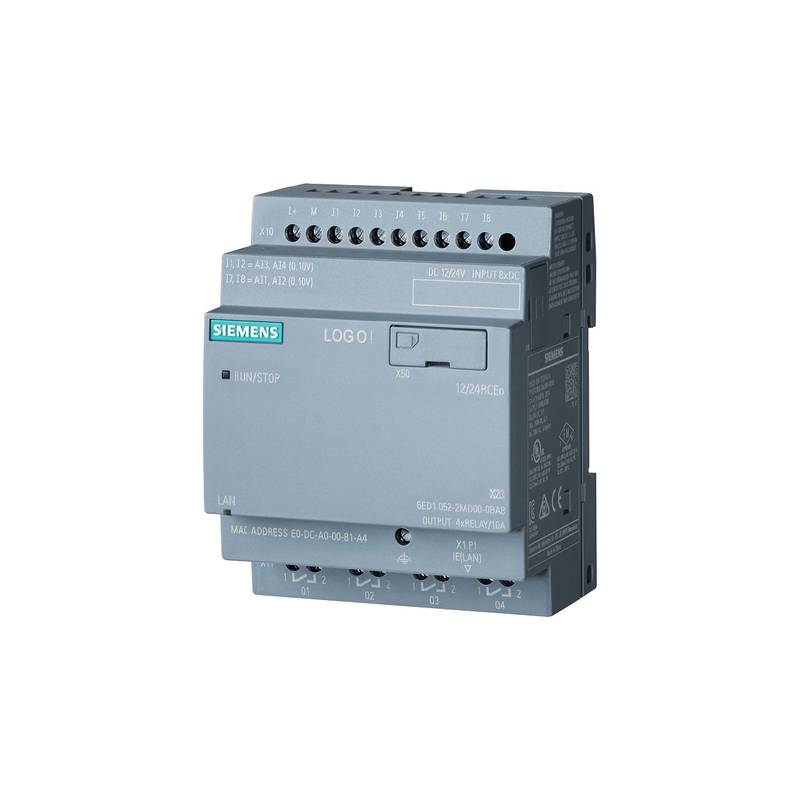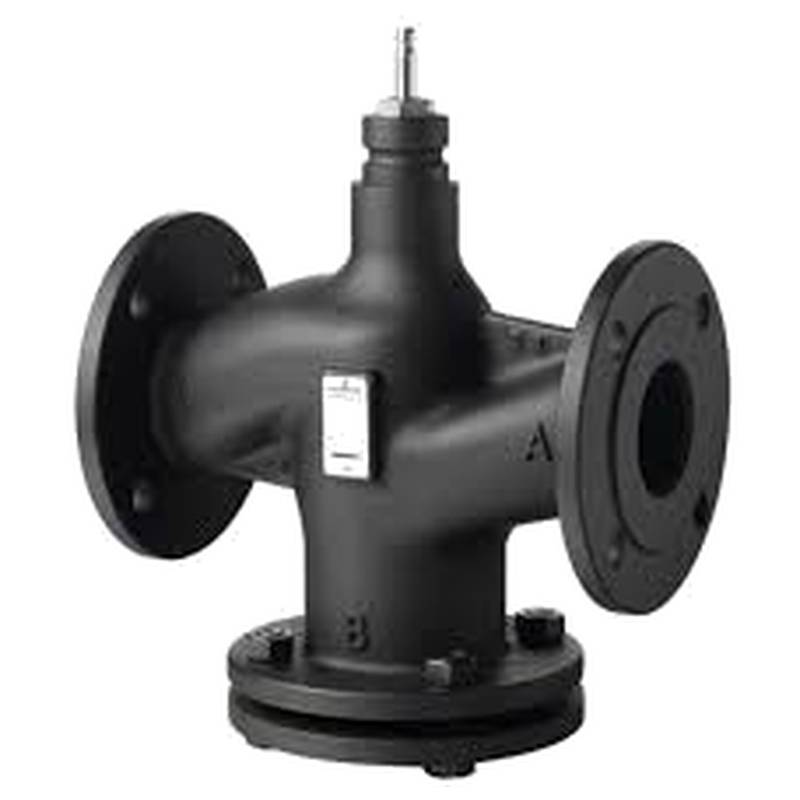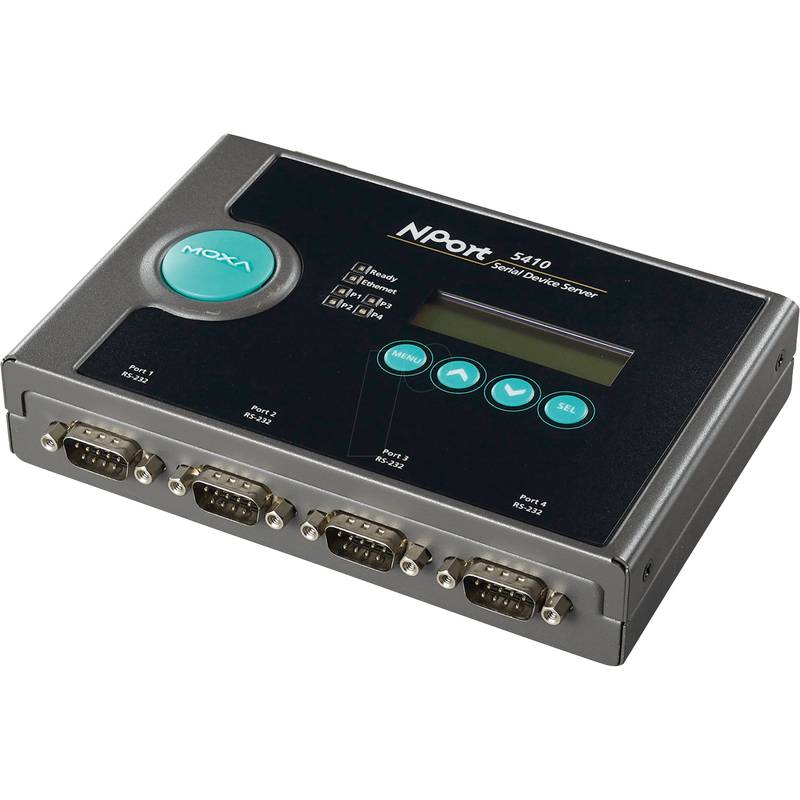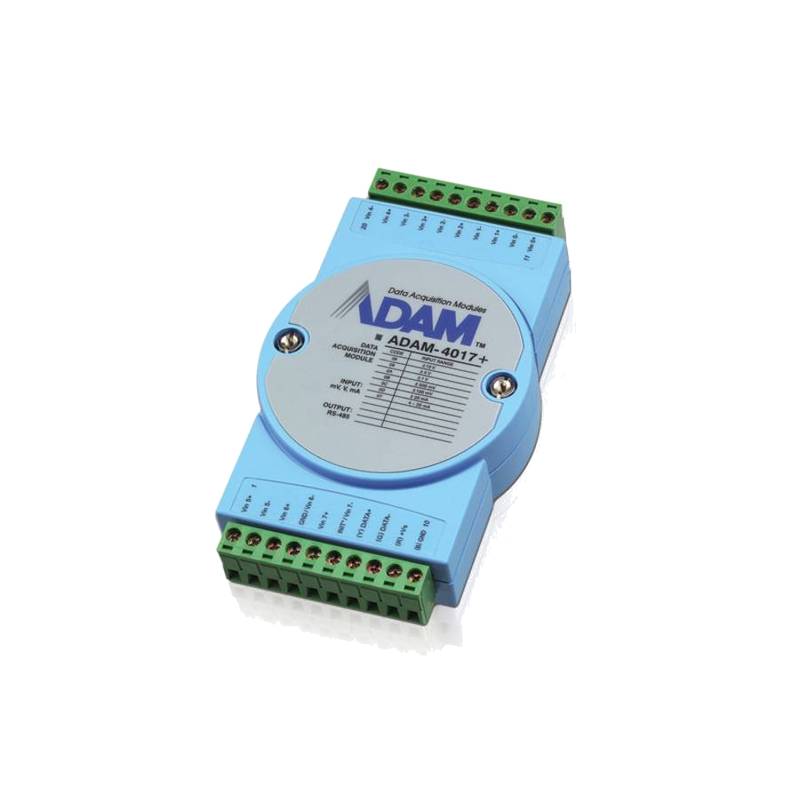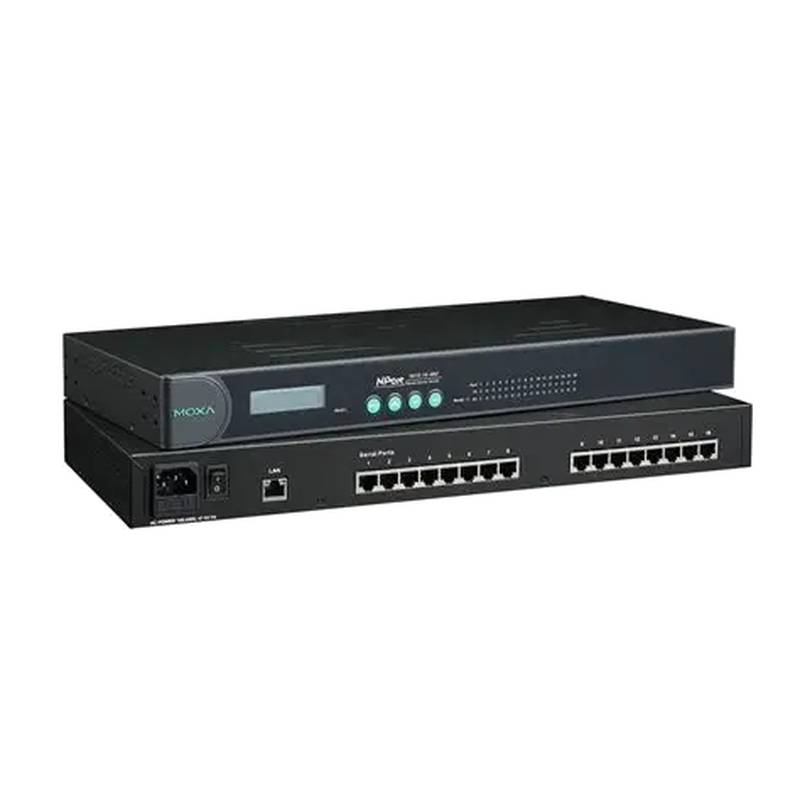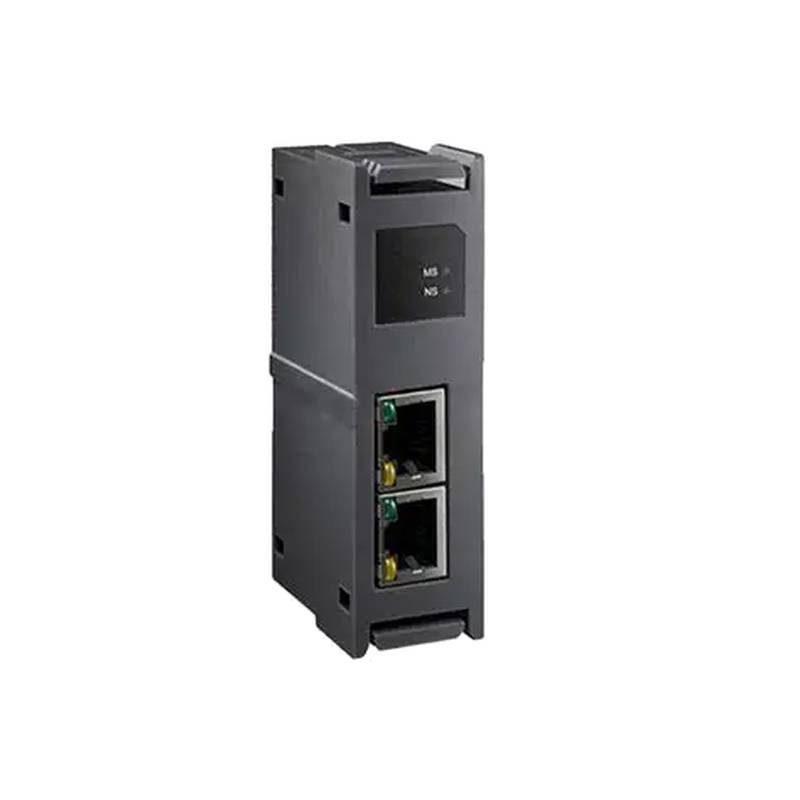
The Siemens 6ED1052-2MD08-0BA2 8DO Transistor Digital Output Module is engineered for robust industrial automation, offering high-speed switching capabilities and reliable performance in demanding environments. This module boasts 8 transistor digital outputs, providing efficient and precise control for a variety of automation tasks. Its compact design and straightforward integration make it a valuable component for system builders and engineers seeking dependable digital output solutions.
Product Specifications
| Feature | Specification |
| :------------------------ | :----------------------------------------------- |
| Product Type | Digital Output Module |
| Manufacturer | Siemens |
| Model Number | 6ED1052-2MD08-0BA2 |
| Number of Digital Outputs | 8 |
| Output Type | Transistor (PNP) |
| Output Voltage Rating | 24 V DC |
| Max. Output Current | 0.5 A per channel |
| Isolation | Yes, channel-to-logic and group isolation |
| Dimensions (W x H x D) | 35.5 mm x 90 mm x 55 mm |
| Operating Temperature | -20°C to +55°C |
| Communication Interface | Integrated (typically for LOGO! series) |
| Protection Rating | IP20 |
Core Features & Market Positioning
The Siemens 6ED1052-2MD08-0BA2 stands out due to its high switching frequency and low power consumption, attributes critical for energy-efficient and responsive automation systems. Its transistor outputs offer a wear-free switching mechanism, ensuring extended operational life and reduced maintenance compared to electromechanical relays. Positioned as a robust solution for discrete control applications, this module integrates seamlessly with Siemens' LOGO! series of logic modules, facilitating rapid development and deployment of compact automation solutions. The PNP output configuration allows for direct connection to sensors and actuators operating at 24V DC, simplifying wiring and reducing potential error. Its inherent reliability makes it a preferred choice in sectors requiring consistent performance, such as building automation, small-scale machine control, and specialized industrial processes.
Key Application Scenarios
This 8DO transistor output module finds its utility in a wide array of industrial control scenarios. It is exceptionally well-suited for controlling low-power actuators like solenoid valves, small motors, and indicator lights within a 24V DC system. Common applications include managing conveyor belts in material handling, controlling pneumatic or hydraulic cylinders in manufacturing, and implementing signaling logic for process control systems. For instance, in a packaging line, these outputs can precisely time and sequence the activation of different pneumatic components. In building automation, they can manage lighting circuits or ventilation systems based on sensor inputs and programmed logic. Its suitability for high-frequency switching also makes it valuable for pulse generation or short-cycle operations in specialized machinery.
Practical System Integration Guidance
Integrating the Siemens 6ED1052-2MD08-0BA2 module into an automation system is streamlined through its design, especially when paired with LOGO! logic modules. The module connects directly to the digital output terminals of the LOGO! base unit or through an expansion module. Wiring involves connecting the common positive voltage supply (L+) to the module's positive terminal and the load to the respective output terminals (Q1-Q8) and the negative supply (M). Ensure that the total current draw from all outputs does not exceed the module's or the power supply's capacity. For programming, the outputs are addressed within the LOGO!Soft Comfort software, where logic functions are mapped to control these outputs based on various inputs and internal program states. For example, a simple ON/OFF control can be programmed by assigning a digital output block to a specific input or internal flag.
Operation and Risk Mitigation
Safe operation of the Siemens 6ED1052-2MD08-0BA2 hinges on adhering to its specified operating parameters and implementing appropriate protection measures. Overcurrent is a primary concern; while each channel is rated for 0.5A, collective operation must not exceed the total system current limitations. Using appropriately sized fuses or circuit breakers for the power supply and individual output lines is crucial to prevent damage from short circuits or overloads. Proper grounding of the system is also essential for electrical safety and electromagnetic compatibility. In case of a fault, such as an open load or short circuit, the module's internal protection mechanisms may trigger, deactivating the affected output. Referencing the LOGO! system manual for specific error code interpretations related to output behavior will aid in rapid troubleshooting.
Scalability & Long-Term Value
The Siemens 6ED1052-2MD08-0BA2 offers considerable long-term value through its compatibility and integration capabilities. As part of the Siemens LOGO! ecosystem, it benefits from seamless expansion options. If more digital outputs are required, additional LOGO! expansion modules can be added to the base unit, preserving the existing configuration and programming investment. Furthermore, the LOGO! platform supports communication protocols like Modbus TCP, enabling the 6ED1052-2MD08-0BA2 to be integrated into larger SCADA systems or IIoT platforms, facilitating data acquisition, remote monitoring, and advanced analytics. This forward-looking integration capability ensures that automation solutions built with this module can adapt to evolving digital transformation initiatives without requiring a complete system overhaul.
FAQs
What is the maximum current rating for each output on the Siemens 6ED1052-2MD08-0BA2?
Each individual transistor output on the Siemens 6ED1052-2MD08-0BA2 module is rated for a maximum continuous current of 0.5 Amperes. This specification is critical for selecting appropriate loads and ensuring the module operates within its designed limits. Exceeding this rating can lead to overheating and premature failure of the output transistor.
Adhering to this current limit is vital for maintaining the longevity and reliability of the module in industrial applications. It's also important to consider the cumulative current draw from all active outputs. The total current drawn from the module should not overload the connected power supply.
Therefore, always consult the load's current requirements and compare them against the 0.5A per channel rating. For loads exceeding this, external relays or solid-state relays with appropriate current handling capabilities should be used, controlled by the module's output.
Can the Siemens 6ED1052-2MD08-0BA2 be used with AC loads?
No, the Siemens 6ED1052-2MD08-0BA2 is specifically designed for DC loads, featuring transistor outputs that operate within a 24V DC voltage range. AC loads cannot be directly connected to these outputs.
Attempting to connect an AC load would likely result in damage to the module and potential safety hazards. The switching characteristics of transistor outputs are optimized for DC circuits and are not suitable for the alternating nature of AC power.
For applications requiring AC load control, an interface relay or an appropriate solid-state relay module capable of switching AC voltages would need to be used in conjunction with the 6ED1052-2MD08-0BA2 module, driven by its DC outputs.
How do I connect the Siemens 6ED1052-2MD08-0BA2 to a LOGO! base module?
The Siemens 6ED1052-2MD08-0BA2 typically connects as an expansion module to a Siemens LOGO! base module. It usually attaches directly to the expansion port on the side of the LOGO! base unit or another expansion module.
Ensure the LOGO! base module has the capacity to support the expansion module. The physical connection involves aligning the module's connector with the corresponding slot on the base unit and securing it. Power and signal connections are then made to the terminals on the module itself.
Programming is done using LOGO!Soft Comfort software, where the expansion module and its outputs are recognized and can be assigned functions within the logic program to control connected devices.
What is the difference between PNP and NPN transistor outputs in this context?
In the context of industrial I/O, PNP outputs connect the load's positive terminal to the output, sinking the current to ground when activated. NPN outputs, conversely, connect the load's negative terminal to the output, sourcing current from the positive supply when activated.
The Siemens 6ED1052-2MD08-0BA2 is a PNP output module. This means that when an output is activated, it connects the load to the negative terminal (M), allowing current to flow from the positive supply (L+) through the load and then to M via the output.
This distinction is crucial for correct wiring and compatibility with sensors and actuators. PNP outputs are often preferred in systems where the sensor or actuator is referenced to the positive supply.
What type of power supply is required for the Siemens 6ED1052-2MD08-0BA2?
The Siemens 6ED1052-2MD08-0BA2 requires a stable 24V DC power supply to operate correctly. This power supply must be capable of providing sufficient current for the base LOGO! module and all connected expansion modules, including the 8DO module itself and its loads.
It is recommended to use a regulated power supply that meets industrial standards for reliability and noise immunity. The power supply unit should have overcurrent protection and be properly grounded.
Ensure that the total current consumption of the LOGO! system, including the 6ED1052-2MD08-0BA2 and all connected outputs operating simultaneously, is within the capacity of the chosen 24V DC power supply.
How can I troubleshoot an output that is not working on the 6ED1052-2MD08-0BA2?
First, verify the wiring connections for the specific output channel and its associated load. Ensure the 24V DC power supply is correctly connected and providing voltage to the module.
Check the logic program in LOGO!Soft Comfort to confirm that the output is being commanded to turn ON. Examine the status indicators on the LOGO! base module and the output module itself for any fault lights.
Inspect the load connected to the output for any faults, such as an open circuit or short circuit, and ensure it is compatible with the module's specifications (0.5A max per channel). If an issue persists, consider testing the output with a known good, low-current load.
Is the Siemens 6ED1052-2MD08-0BA2 module protected against short circuits?
Yes, the transistor outputs of the Siemens 6ED1052-2MD08-0BA2 module generally incorporate internal electronic protection against short circuits. This protection helps to prevent damage to the module in the event of a short circuit condition.
When a short circuit is detected, the module's internal circuitry will typically shut down the affected output to prevent excessive current flow and overheating. The module may indicate this fault condition through an error code or status LED, depending on the specific LOGO! system configuration.
However, it is still crucial to implement external circuit protection (e.g., fuses) as a primary safety measure and to follow proper wiring practices to avoid short circuits in the first place. This internal protection serves as a secondary safeguard.
What is the maximum switching frequency of the transistor outputs?
While specific frequency ratings can vary, transistor outputs like those on the Siemens 6ED1052-2MD08-0BA2 are capable of high-speed switching, significantly faster than mechanical relays. This allows for rapid control of actuators or signal generation.
The actual achievable switching frequency depends on the inductive or resistive nature of the load, as well as the response time of the connected LOGO! logic program. For typical inductive loads, frequencies in the kilohertz range are often possible.
For precise high-frequency applications, it's essential to consult the detailed technical documentation or the LOGO!Soft Comfort software for specific performance parameters and any limitations related to load type and program execution speed.
Can the Siemens 6ED1052-2MD08-0BA2 be used in explosive environments?
No, the Siemens 6ED1052-2MD08-0BA2 module, with its standard IP20 protection rating, is not designed or certified for use in explosive or hazardous environments. Such applications require specialized intrinsically safe or explosion-proof equipment.
Using standard industrial components like this module in potentially explosive atmospheres can pose a significant safety risk, as they are not built to prevent ignition sources. Always ensure that equipment used in hazardous locations is certified and rated for that specific environment.
Always refer to the product's datasheet and certifications for its intended application and environmental ratings. For hazardous areas, consult Siemens' range of explosion-proof or intrinsically safe automation products.
What is the typical lifespan of the transistor outputs compared to mechanical relays?
Transistor outputs, such as those found on the Siemens 6ED1052-2MD08-0BA2, offer a significantly longer operational lifespan compared to mechanical relays. This is because they have no moving parts and do not suffer from mechanical wear and tear.
Mechanical relays have contact points that physically wear down with each switching cycle, eventually leading to contact degradation or failure. Transistor outputs switch electronically, eliminating this wear mechanism and making them ideal for applications with frequent switching.
While both have different failure modes, the electronic switching of transistor outputs generally leads to higher reliability and a much longer service life in typical industrial automation tasks requiring numerous switching operations.














